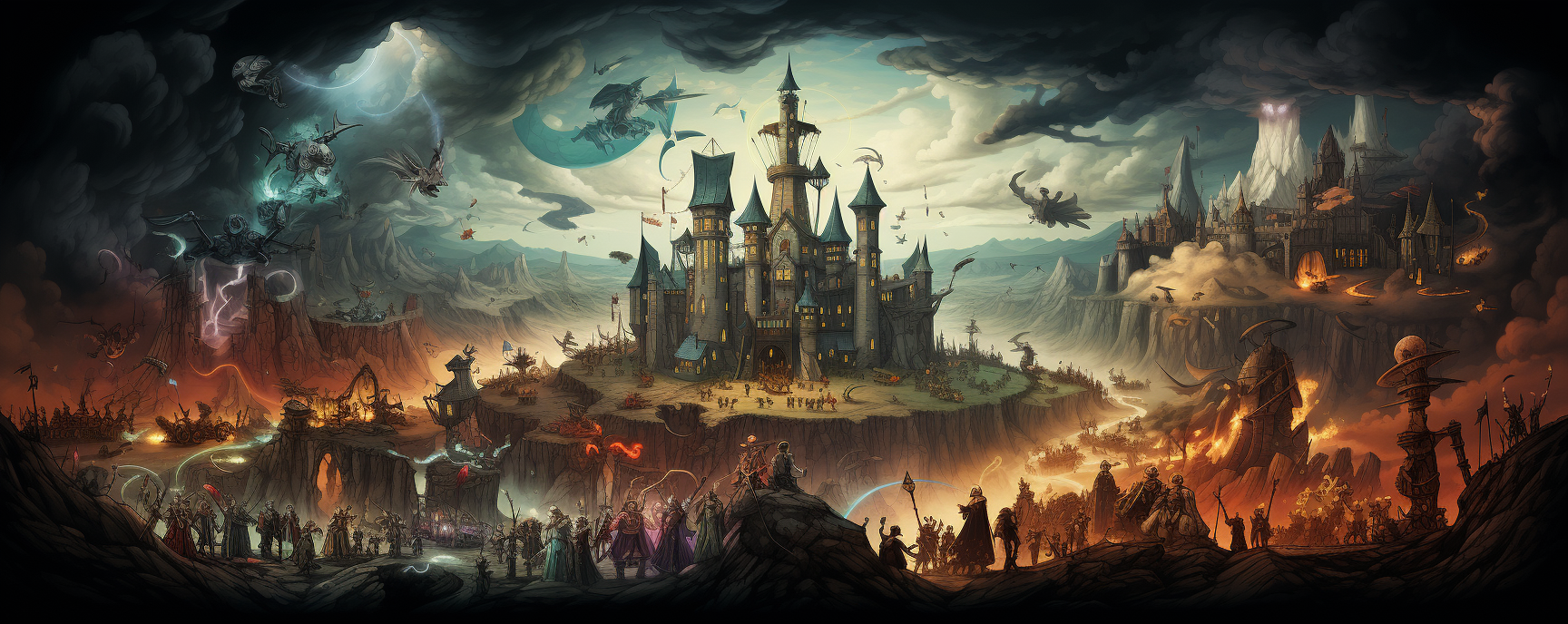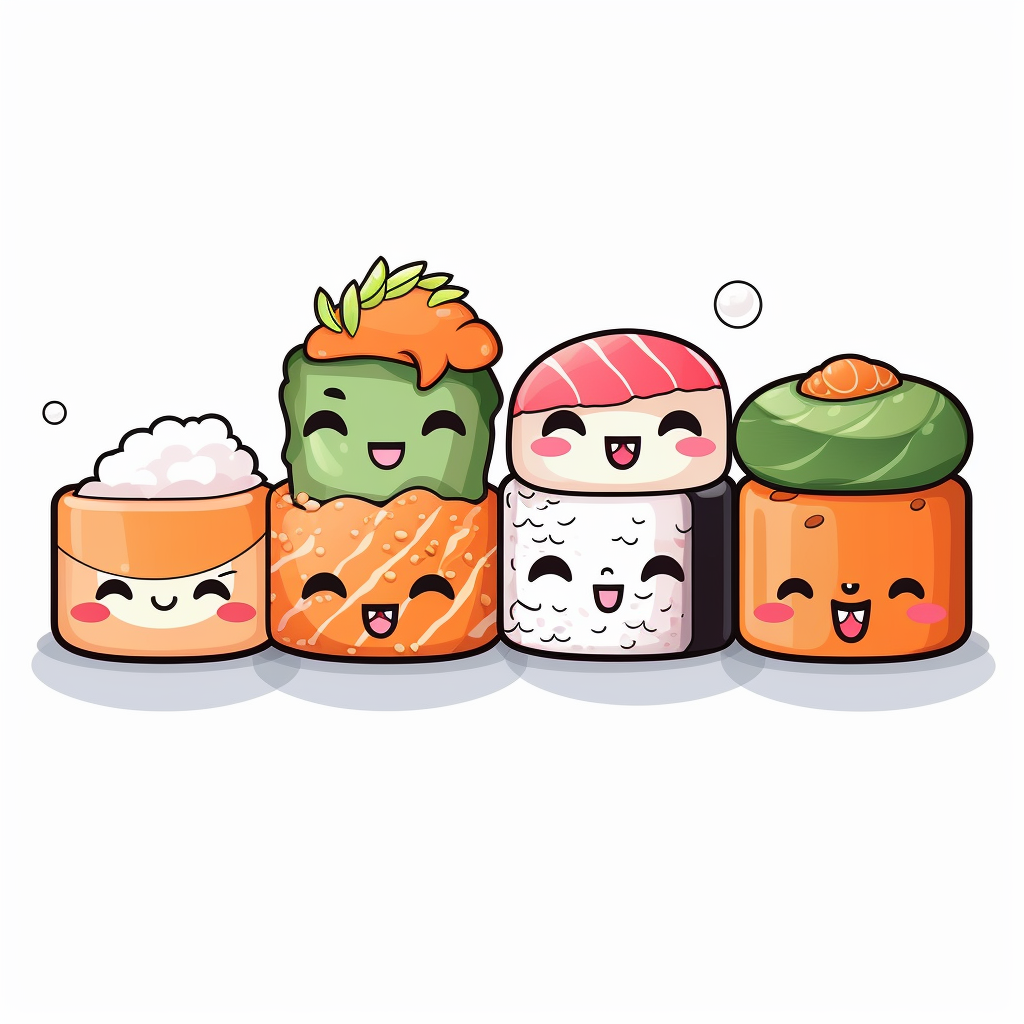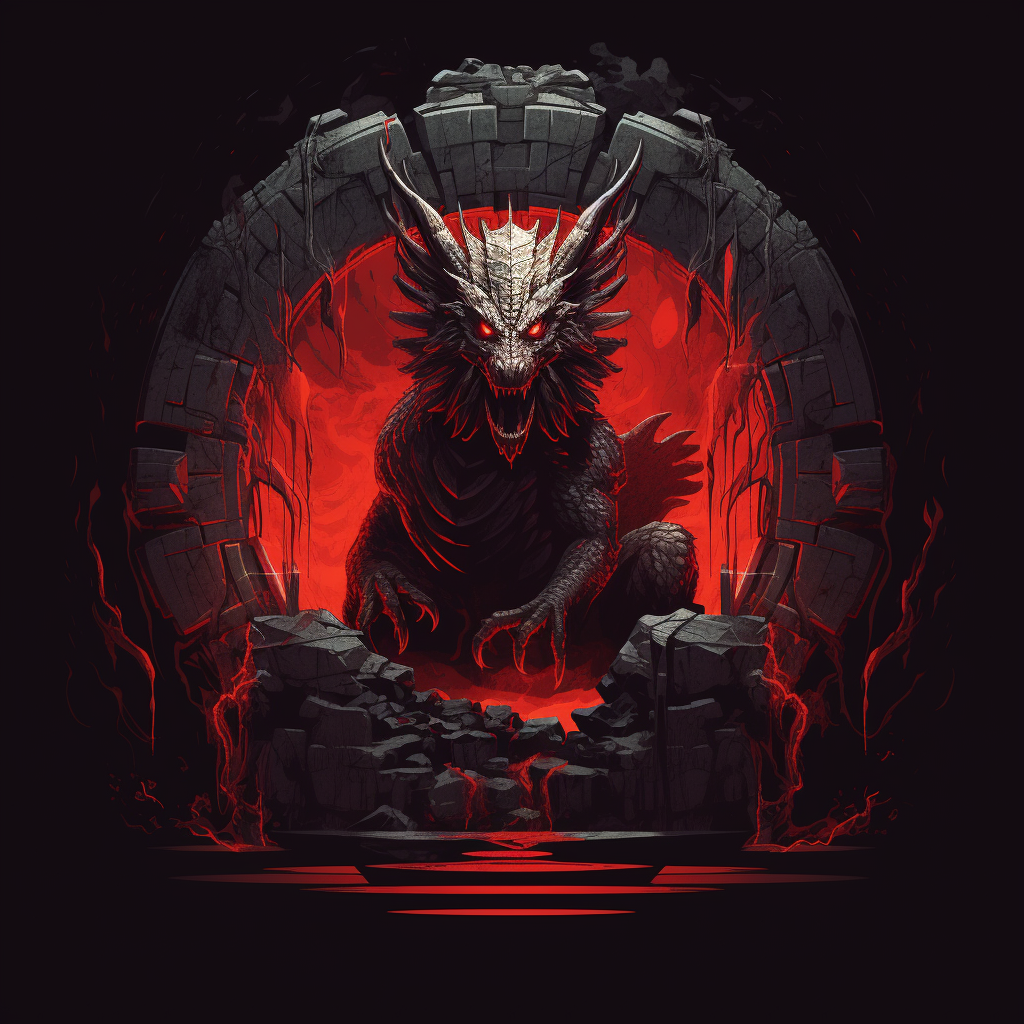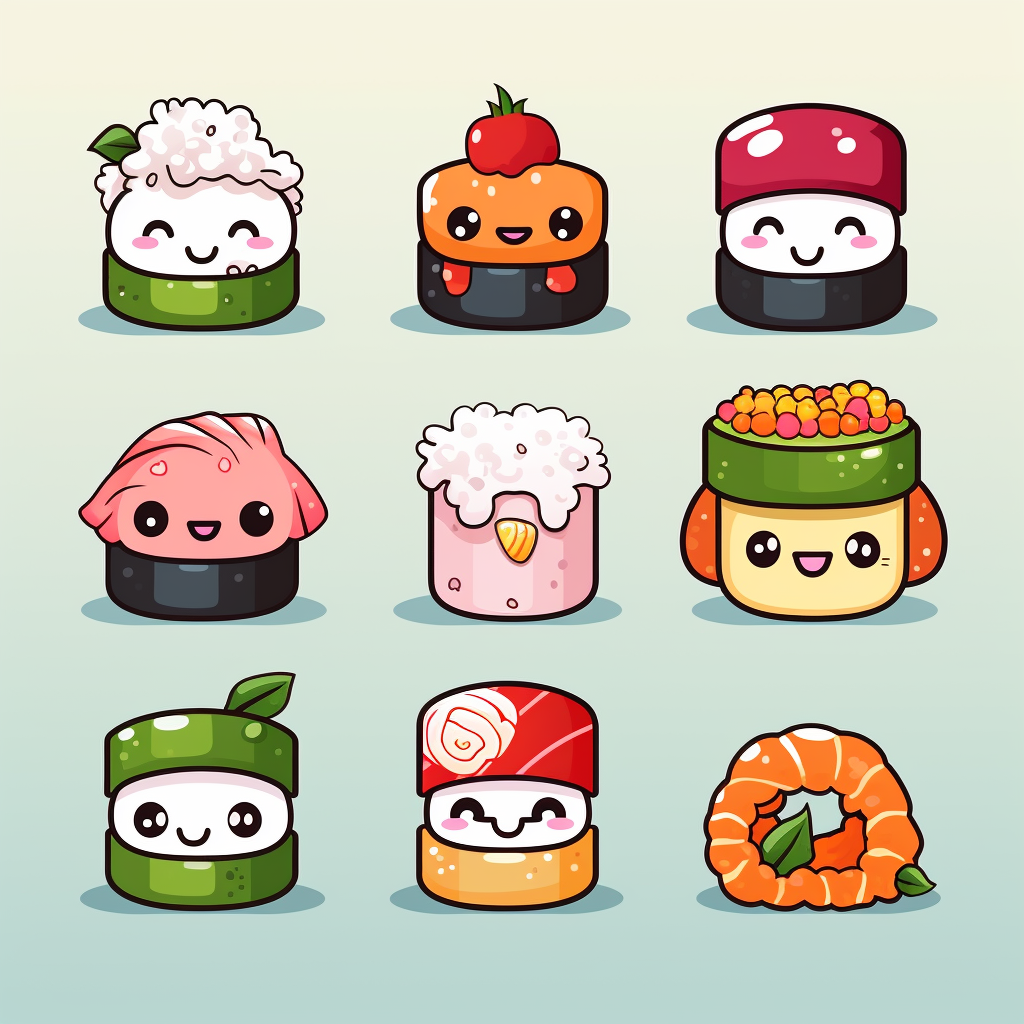
Managing toxicity when designing games
Toxicity management in the gaming designer world involves implementing strategies and tools to address negative behaviors like harassment and offensive language within gaming communities. By establishing clear rules of conduct, employing reporting and moderation systems, and promoting positive reinforcement, designers work to foster a welcoming and enjoyable gaming environment for all players.

Design Thinking
The design thinking process is a systematic approach to problem-solving that is focused on creating innovative and user-centered solutions.
By embracing the design thinking process, designers can challenge assumptions, break through biases, foster collaboration, and create solutions that truly address users' needs. This human-centered approach leads to more impactful designs and better user experiences.

Gamification for non-gaming apps
Gamification is the use of game elements and design in non-game contexts, such as apps, to increase user engagement, motivation, and retention. By incorporating game-like mechanics, such as points, badges, leaderboards, and challenges, non-gaming apps can create a more enjoyable and rewarding user experience.

What is Iterative design?
Iterative design is a design methodology that involves repeating the design process in multiple cycles to refine and improve a product or service. It involves gathering feedback, testing, and making incremental changes to the design based on the results.

Common Image Files Types
Image file types refer to the different formats in which digital images can be stored and displayed. Each file type has its own characteristics, including compression, image quality, and color depth.

5 Japanese philosophies to live by
Japan has a rich cultural and philosophical tradition that has shaped its society and way of life. Here are 5 Japanese philosophies that you might find helpful to live by:

Here are some of my “just for fun” projects



























